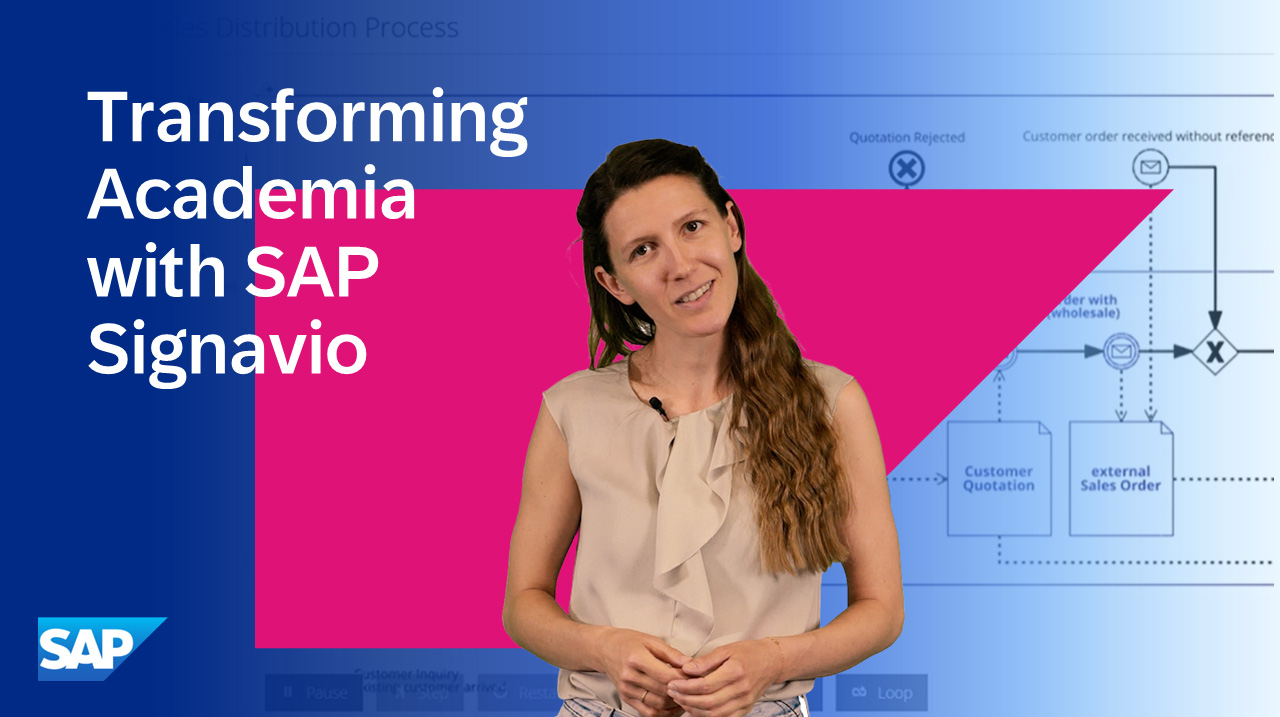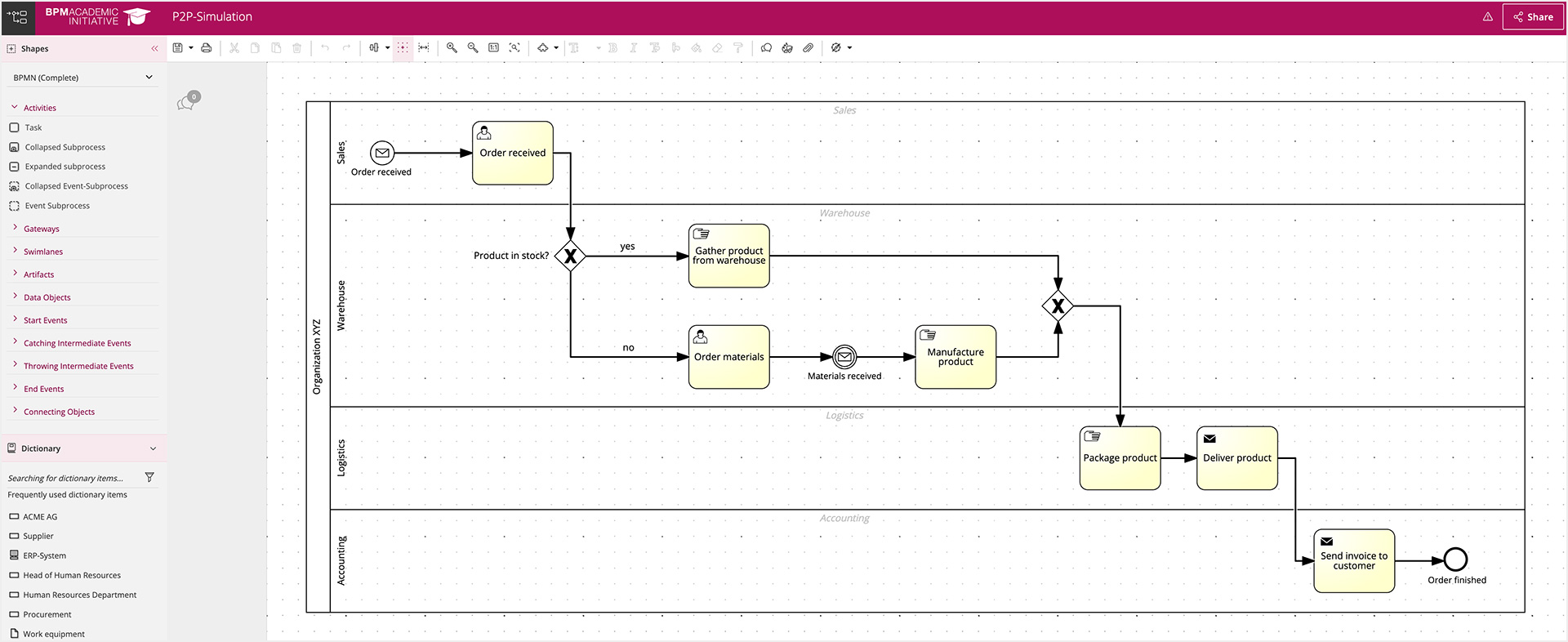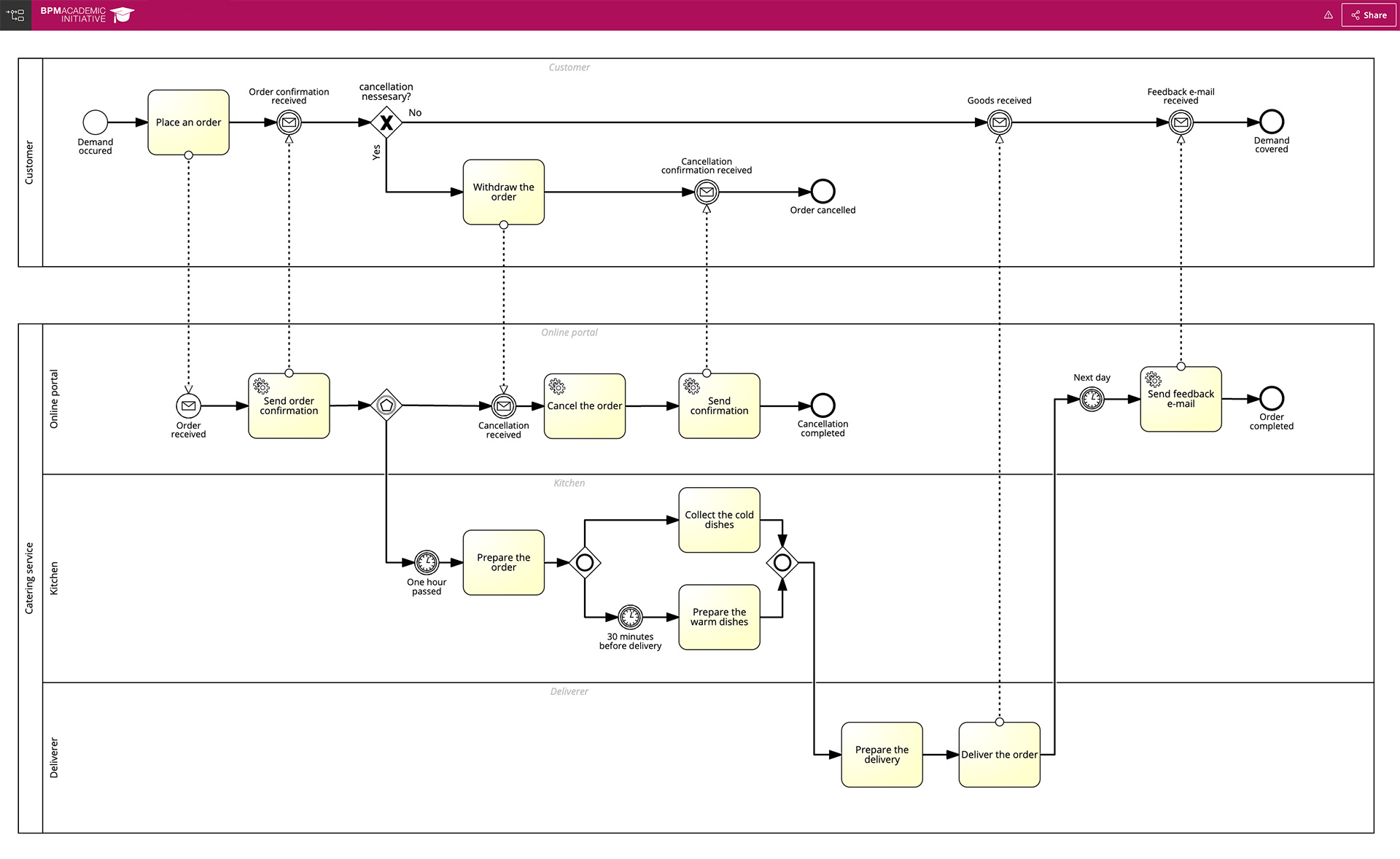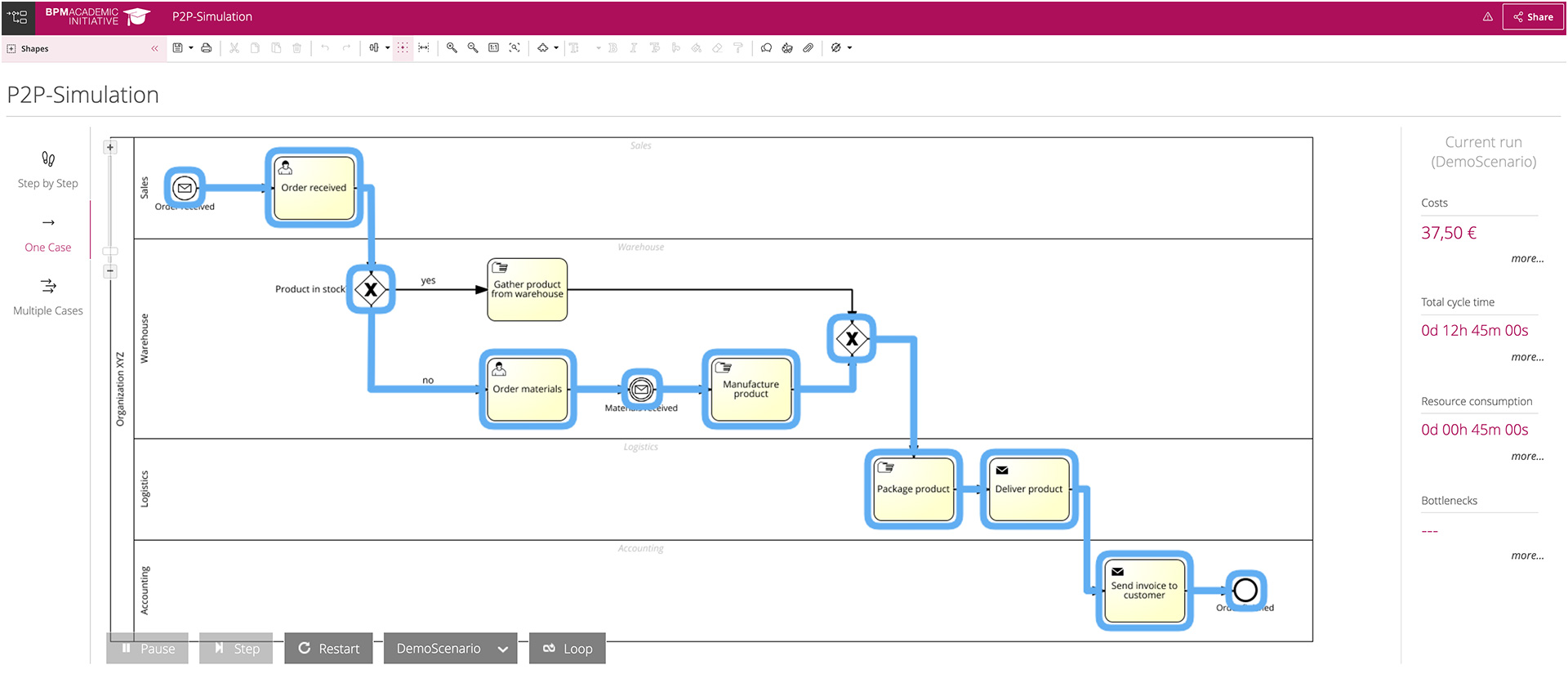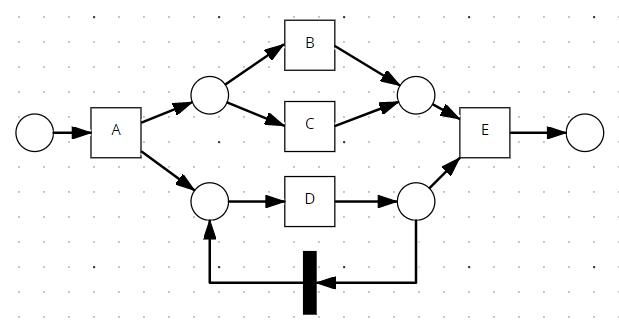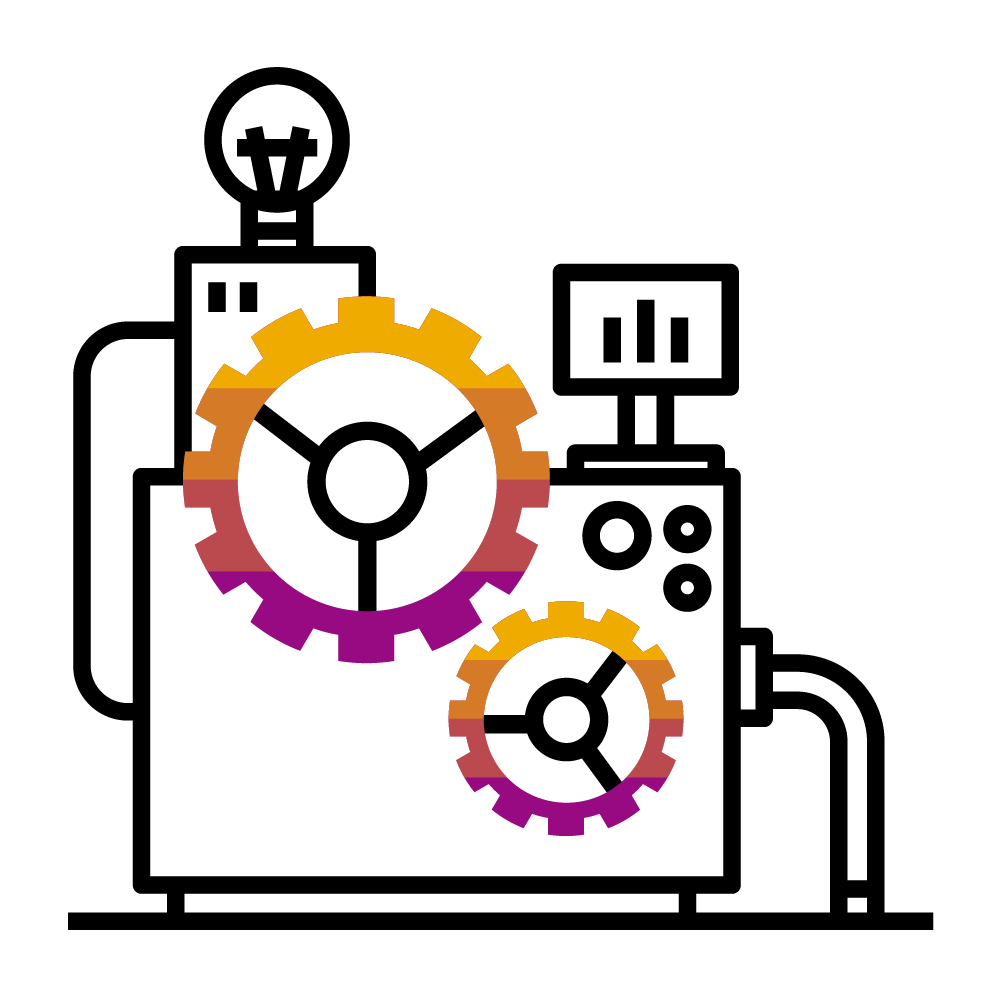Who can register?
Any member of an academic institution can register for free for our comprehensive process transformation offering. Whether you are a student, lecturer, or research affiliate of an accredited university, start process modeling and simulation with SAP Signavio solutions today!
For how long can I use the tool?
Registration will grant you access to SAP Signavio solutions for an initial six months, which may be extended as long as you are part of an academic institution (with a valid institutional e-mail address).
Can I (as a lecturer) evaluate my students’ progress with the help of the tool?
Yes, it is possible to invite students to your work space in order to check their progress and evaluate their models. You can find out more about user management in the official SAP Signavio documentation.
I can't access my work space anymore. What happened?
After six months of inactivity, your student license expires temporarily until you reactivate it. To regain access to your work space, please contact support@signavio.com.
What capabilities within SAP Signavio Process Transformation Suite can I use with my academic work space?
The academic edition of the suite currently includes the graphical editor, QuickModel, comparison, and simulation capabilities. In addition, dictionary items and roles can be created and integrated into the diagrams (limited collaboration hub functionality).
What is part of the academic edition of SAP Signavio Process Transformation Suite?
The academic edition offers numerous capabilities for process model creation, modeling, version control, and simulation. Check out our overview page (LINK) to learn more.
Are there additional functionalities planned for the future?
The short answer is yes! Stay tuned for new features that we plan to add to make analyzing and optimizing your processes even easier.
For all other inquiries, you may reach us at signavio.academics@sap.com.


